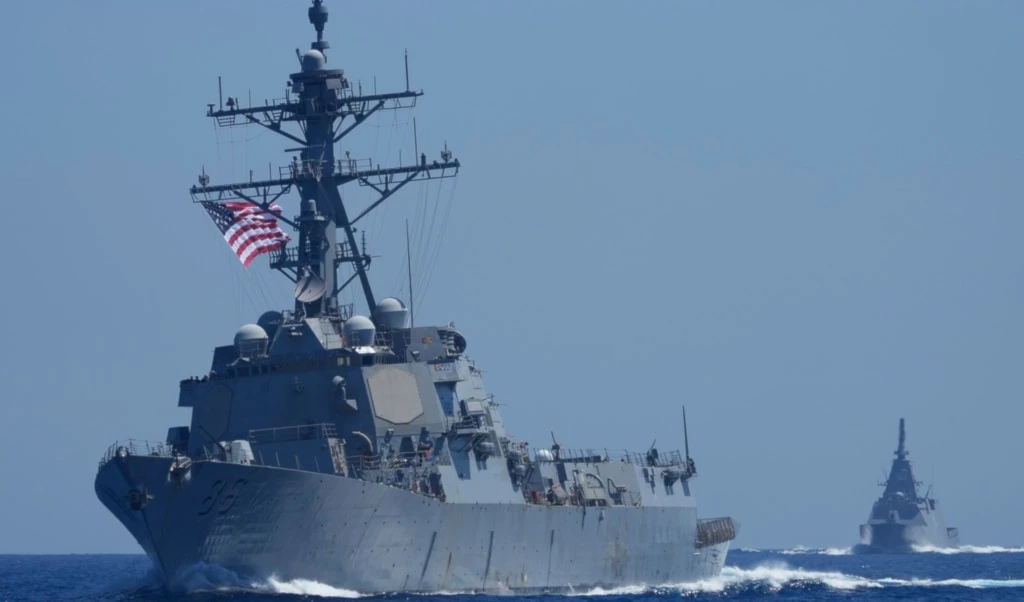US restarts ARRW hypersonic missile development: Air Force chief
Chief Gen. David Allvin confirms the revival of the ARRW hypersonic missile program, signaling Washington’s renewed push to develop long-range weapons.
-

Air Force Chief of Staff Gen. David Allvin testifies before the House Committee on Armed Services hearing on the Department of the Air Force Fiscal Year 2026 Posture on Capitol Hill in Washington, Thursday, June 5, 2025 (AP)
The US Air Force Chief of Staff, Gen. David Allvin, has confirmed the revival of the AGM-183A Air-Launched Rapid Response Weapon (ARRW) hypersonic missile program, which had been paused earlier due to inconsistent test outcomes and a lack of continued funding.
“I will tell you that we are developing, and you’ll see in the budget submission, assuming it’s what we put forward, two different programs," Gen. Allvin stated during a House Armed Services Committee hearing on Thursday.
Allvin highlighted that "one [program] is a larger form factor that is more strategic [and] long range that we have already tested several times — it’s called ARRW."
The Defense One news portal reported that the ARRW program began in 2018 after Lockheed Martin secured a $480 million contract for its development, marking the start of the hypersonic missile initiative.
The missile is a boost-glide hypersonic weapon designed for air launch, utilizing a rocket booster to achieve high altitude before gliding toward its target at speeds exceeding Mach 5 while maintaining in-flight maneuverability.
US building 'lots of' hypersonic missiles
US President Donald Trump announced that the United States is now mass-producing hypersonic missiles, declaring on May 24 that the country pioneered the development of this cutting-edge weaponry.
“We are the designer of it. We are building them, lots of them,” Trump declared during a ceremony at the US Military Academy in West Point.
Trump alleged that the designs for hypersonic missile technology were compromised and stolen while Barack Obama was president.
“You know, we had our [technology] stolen. We are the designer of it. We had it stolen during the Obama administration. They stole it. You know who stole it? The Russians stole it. Something bad happened,” Trump stated.
This comes amid a global hypersonic weapons race, which Russia and China are leading, with advanced hypersonic missiles already integrated in their arsenals.
Global hypersonic weapons race
Russia has developed a range of advanced hypersonic weapons, including the Zirkon (sea-based), Kinzhal (air-launched), and Avangard (silo-based) systems. These weapons are capable of reaching speeds and maneuverability that make them difficult to intercept.
Unlike the US, which remains in the testing and development phases, Russia and China have operational hypersonic missiles already integrated into their military systems. Russia has even deployed some of these systems in active combat.
Last year, the Russian military introduced a new intermediate-range ballistic missile, the Oreshnik, which could alter its conventional strike capabilities and impact NATO’s defense strategies.
First launched in an attack on Ukraine’s Dnipro in November 2024, the missile has drawn attention for its ability to carry multiple warheads and submunitions, raising concerns about its potential use in a broader conflict, the Foreign Policy magazine reported.
Unlike traditional ballistic missiles with single warheads, the Oreshnik is designed to release multiple submunitions mid-flight, allowing it to target wide areas with a devastating effect. Satellite imagery and analysis of the November strike suggest that a single Oreshnik can carry six warheads, each deploying six submunitions, totaling 36 explosive devices.

 3 Min Read
3 Min Read










